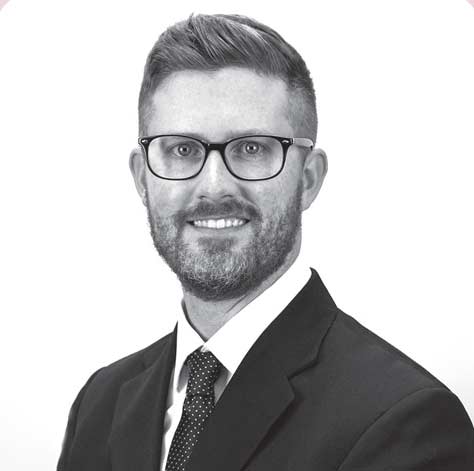
J Clin Aesthetic Dermatol 2022;15(12 Suppl 1):S8
Dear Colleagues:
This year, we have seen many advances in the field of dermatology. In the realm of therapeutics, we have seen fundamental game-changing therapies introduced to the market for our patients. Specifically, we have seen three new oral JAK inhibitors gain approval earlier this year; two for atopic dermatitis and one for alopecia areata. These therapies are proving to be exactly what we expected—rapid itch reduction scores, incredible skin clearance rates, and more incredibly, life-changing results. Additionally, we have seen a new oral TYK-2 therapy come to market for patients with psoriasis, further enhancing our ability to better manage these patients. These new treatment options not only allow us in the NP/PA community to treat our patients more effectively, but more importantly, provide a more personalized approach in providing more options to our patients. I believe that when patients are satisfied with their treatment choices, they are more adherent , thus leading to greater success in treatment.
For our specialty as a whole, we have seen our community of NP/PAs grow tremendously. As we have returned to in-person events, such as conferences, local or state meetings, and dinner programs, it has been great to see so many new faces and a continued interest in dermatology as a whole. Our NP/PA community has not only grown in numbers but has grown in its share of responsibility in patient management. There is continued interest among our community in taking on more complex medical and surgical dermatology cases. This drive for continued challenges and professional growth has inspired me greatly. I am personally very humbled to be among so many great NP/PAs across all fields of medicine.
As we transition from this year to the next, I want to express my continued support for dermatology education in our community. It is paramount that we all commit to lifelong learning and continued education, increased credentials, and the continued pursuit to be specialists in our field. In this regard, do not forget to utilize the tools easily at your disposal. Your pharmaceutical field representatives and medical science liaisons are great resources. Use them! Make connections with members of industry at conferences, schedule meetings with them, and learn what’s in the therapeutic pipeline. Use these incredibly important relationships to help your own knowledge but also your individual practices. I cannot begin to count the number of times I’ve met with a member of industry and learned something game-changing or new that I was able to bring by to my practice in Arkansas and use to help our organization. Don’t pass on these opportunities when given the chance. Lastly, as a PA and clinical trials investigator, I understand the importance of our community being involved in clinical trials. For me, my introduction to research began with a real world, Phase IV study. This initial study sparked my interest to take on higher level clinical trials, to cofound a research center, to find talented staff to help lay the foundation, and the rest is history. Not only can being involved in clinical trials be very rewarding, you have access to countless therapeutics first before anyone else and can follow these therapeutics all the way to FDA approval, but you can also become a direct partner with industry beyond just the clinical side. Remember—your role as an NP/PA goes far beyond just seeing patients; use your knowledge, degrees, and credentials to continue to grow your career professionally. I’m here to tell you that you can do this by being involved in clinical trials.
I look forward to seeing you all in 2023!
Warm regards,
Guest Editor, NP+PA Perspectives in Dermatology
Matthew T. Reynolds, MS, MPAS, PA-C is a physician assistant with Arkansas Dermatology in Little Rock, Arkansas. He is also the cofounder of the Arkansas Research Trials Center in North Little Rock, Arkansas

